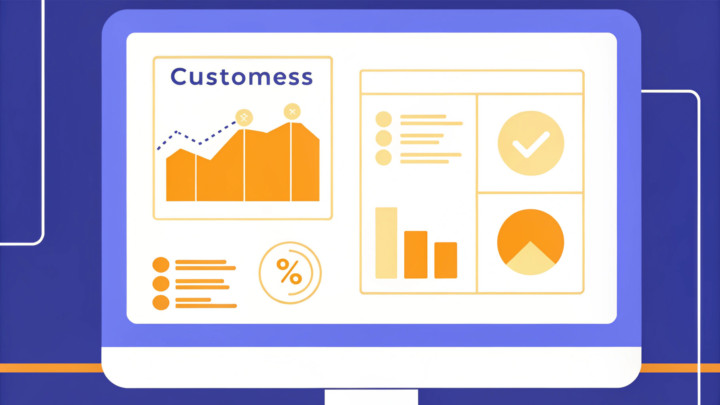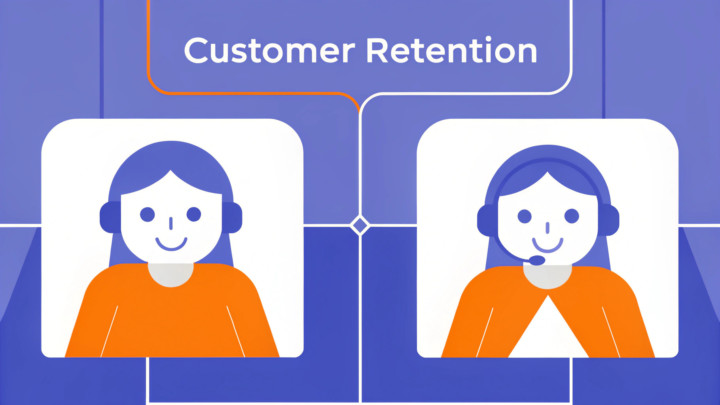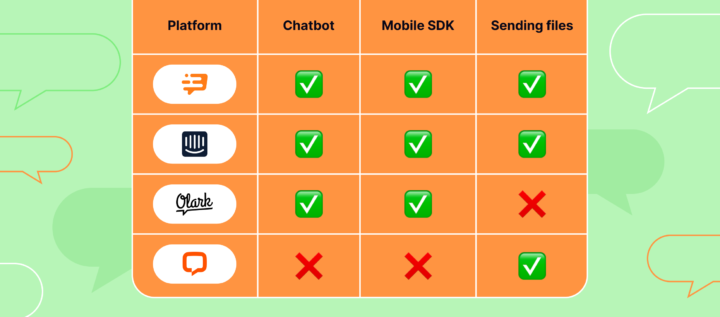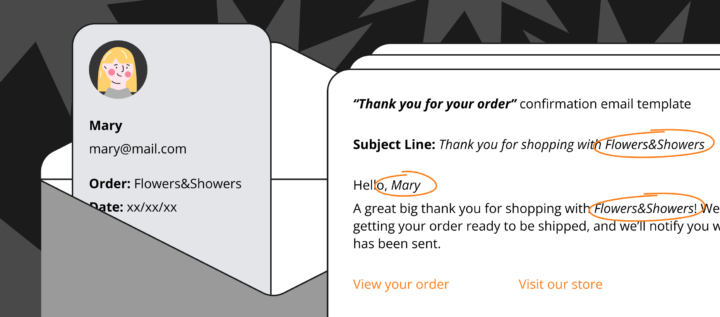What is Customer Value Proposition and How to Use It in Practice — Short Guide
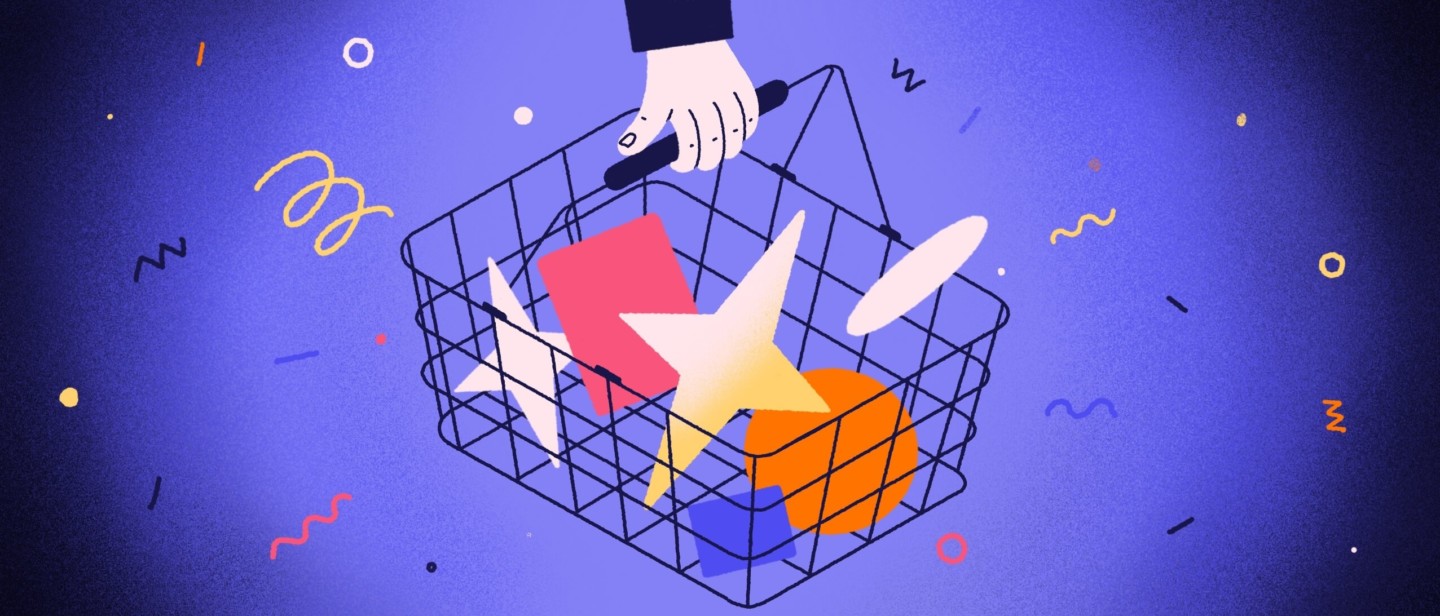
You have a fantastic product. This product has its pros and cons, but what exactly brings the benefits to your customers? What exactly do they suppose as a cost? What makes customers buy your product?
The customer value proposition answers all these questions. Briefly, this is a balance of benefits and costs in the way your customer assesses it. Now we’ll look at this in more detail.
What is the customer value proposition?
Let me start with the definition of customer value. The customer value shows the customer’s perception of whether the value created is worth the cost paid. A customer value proposition (also known as CVP) promises that the product will deliver to the customer.
Look at the formula that can help to understand the way customer value creates:

Basically, benefits are the gain customers receive from using your product.
Cost is a ‘loss’ that is associated with your product usage.
Note that costs and benefits are not only about money. This is also a time, attention, reputation, privacy, status, comfort, ease of mind, excitement, entertainment, and so on — everything associated with your product. But we’ll talk about this a bit later.
Read also: Capture emails from website visitors with Pop-ups
Let’s consider an example of a new laptop. So, according to this theory, costs would be:
- the price for this laptop (e.g., $1000),
- mental effort to choose the most eligible one,
- the time to get used to the new laptop and so on,
- the time to download and set up all the apps that you use.
But the benefits are:
- it works faster than the previous laptop (I bet you wouldn’t buy it otherwise), so you enjoy working on it,
- you feel excited about buying something new,
- you spent 10 minutes on making order and in 3 hours you already picked it up — a courier delivered it to you,
- it was easy and fast to understand how it works.
Obviously, no customer counts the customer value proposition using this formula — this is a kind of visualization of an internal assessment. Customers evaluate every product from this point of view and decide whether there are more benefits than costs.
So, the customer value proposition increases when benefits increase or costs decrease, and your main task is to make it grow.
Sounds simple, isn’t it?
But what user factors consider when they evaluate the value of the product?
Read also: how to find respondents for a survey or customer interview
Customer value proposition factors
Quality
Does the quality reflect what I expected? — asks the customer themselves before making a purchase. We don’t say that you need to make the best quality for your product — not everyone needs it. We’re just saying that the quality should correlate with the other elements, such as the price (the common Price-Quality-Ratio), emotions, and so on.
Assortment
Sometimes users choose some just because of an assortment — they don’t need to visit many shops to find what suits them — they can just come to a single store and choose something from a wide variety of products. This also creates value and attracts customers.
Status
Maybe, your product is associated with higher status? This makes customers feel kind of proud of themselves and adds value to your product. The status factor may be applicable for premium products, such as Apple gadgets, Porsche cars, and so on.
Customer support
No matter how ideal your product is, people will always get into trouble with this. But that’s not the worst — the worst would be if you wouldn’t help them deal with your product. This way, the customer will see that attitude. Or they will leave because they didn’t get the product’s value — just because you didn’t help them to.
By the way, we have an article about customer support tips. Even if you already have customer support, this article will be useful reading for you.
Read more
- 10 Best Live Chat Software for Customer Support
- 10 Best Customer Service Chatbot Platforms to Level Up the Work
- How to create a user journey online map for your online school students [4 free templates]
- Increase Customer Support Efficiency With 15 Best Knowledge Base Tools
- Chatbot Guide: What can a chatbot do for your customers 24/7
- The North Star Metric and How Can This Lead to Success
Exact instructions on how to use
67% of customers don’t like to ask for help — they’re more likely to search for the solution themselves. So, create clear instructions on using your product to prevent customers from giving it up at the very beginning of their user experience. For example, use Dashly knowledge base.
Difficult to switch — for SaaS
Imagine the situation: you have been using Apple Music for three years. Everything was OK, and you were satisfied with this solution. You also have a friend who you used to send links to some playlists or songs on Apple Music. And one day, this friend switched to Spotify. You realized that you’re no longer available to send them links to songs and get upset about this. The first solution is to switch to Spotify. But you have 1000+ songs on Apple Music to transfer them manually. This is why Spotify created a particular function so that you can quickly transfer all the music from any platform to Spotify.
I guess this is not the only case. So, imagine how much money Spotify would lose if it didn’t have such a function?
Always think about people who use your competitor’s product — maybe one day they will be willing to switch? You need to create the most necessary conditions for this. The easy switch adds a lot of benefits to your product and increases the number of users.
Time spent
The is money. And the more time the customer spent to receive your product — the less value they’ve got.
For example, this rule works if your customer needs to wait for verification in your platform or for a three-week delivery of some good. This all reduces the value so that the customer is willing to pay less than your competitors who got rid of such cons.
Read also: Find out the best Intercom alternatives and Drift alternative
How to use it in practice?
You’ve got some points that give benefits to your customers and some points that are considered costs. What’s next?
Next — try to understand what points bring the most significant value to the majority of customers. Conduct an interview or a survey to find out.
We have an article on how to find respondents for any interview.
After finding out what is your biggest benefit — use it in ads and all the communications with your customers.
For example, Shopify’s customer value proposition says that you can do essentially anything using a single platform.
Amazon shows something close to Shopify and tells that they’re ‘The everything store,’ meaning you can buy anything here.
So, to create long relationships with customers, you need to deliver value to them. Customers should realize that your product has more benefits than costs. Show your value in your creatives and banners. Show it in the way you communicate with the customer. Show it everywhere.
Read also:
- Customer VS Client — making the difference clear
- Why eCommerce and omnichannel are inseparable?
- How to qualify lead within sales and marketing teams
- Ultimate guide to inbound lead qualification in EdTech marketing
- How to Qualify and Collect More Leads with Lead Bot?
- How BANT sales process can help you get qualified SQL in 2022




